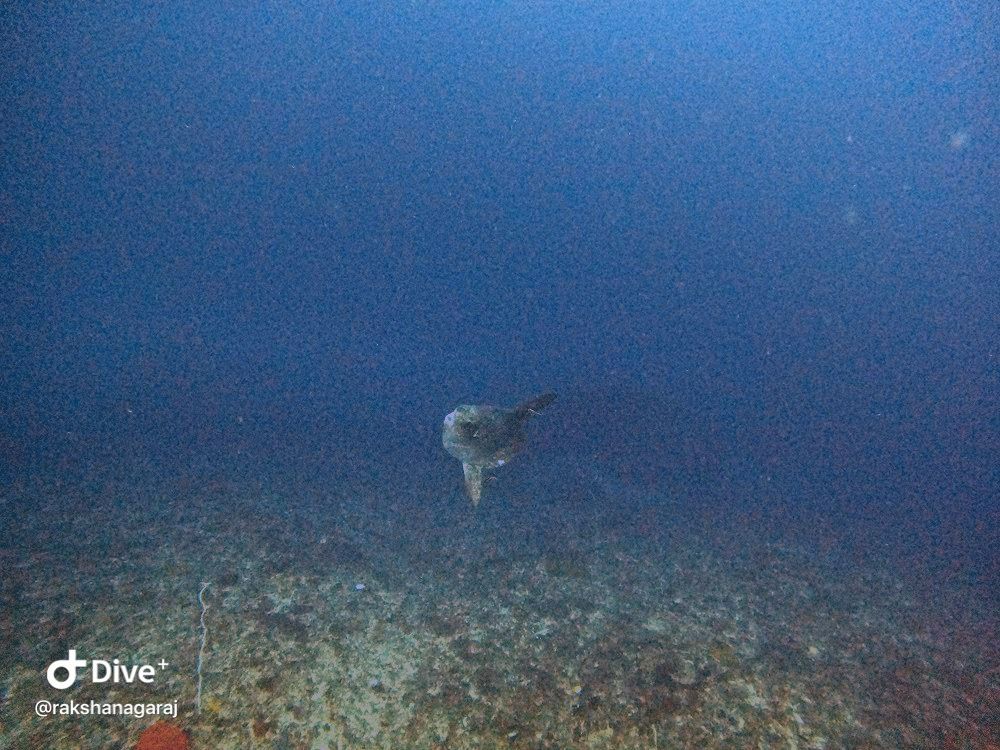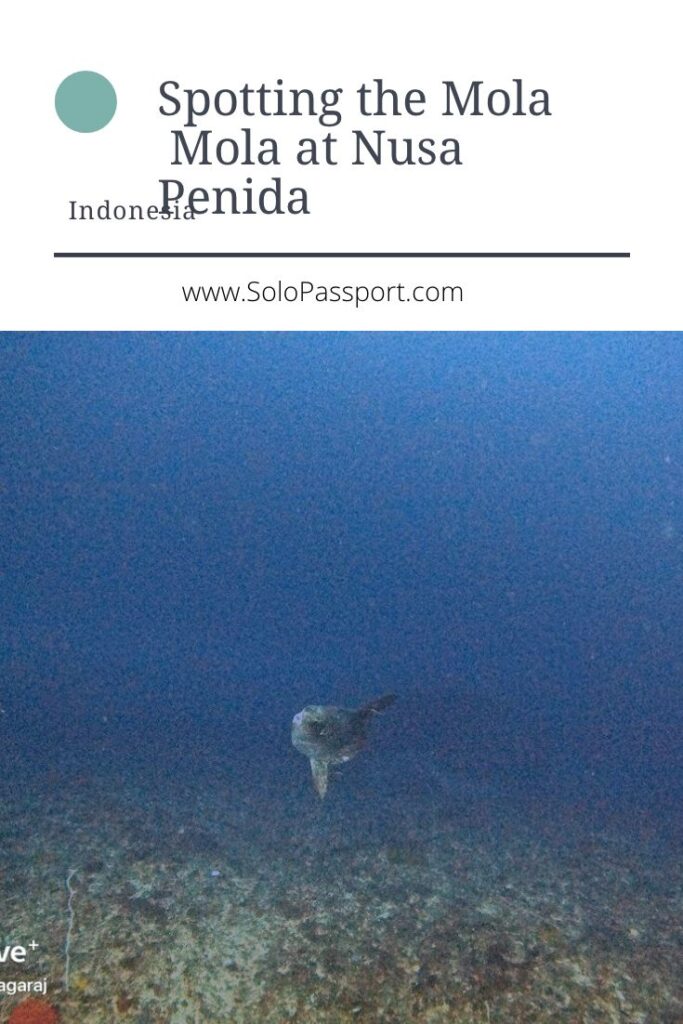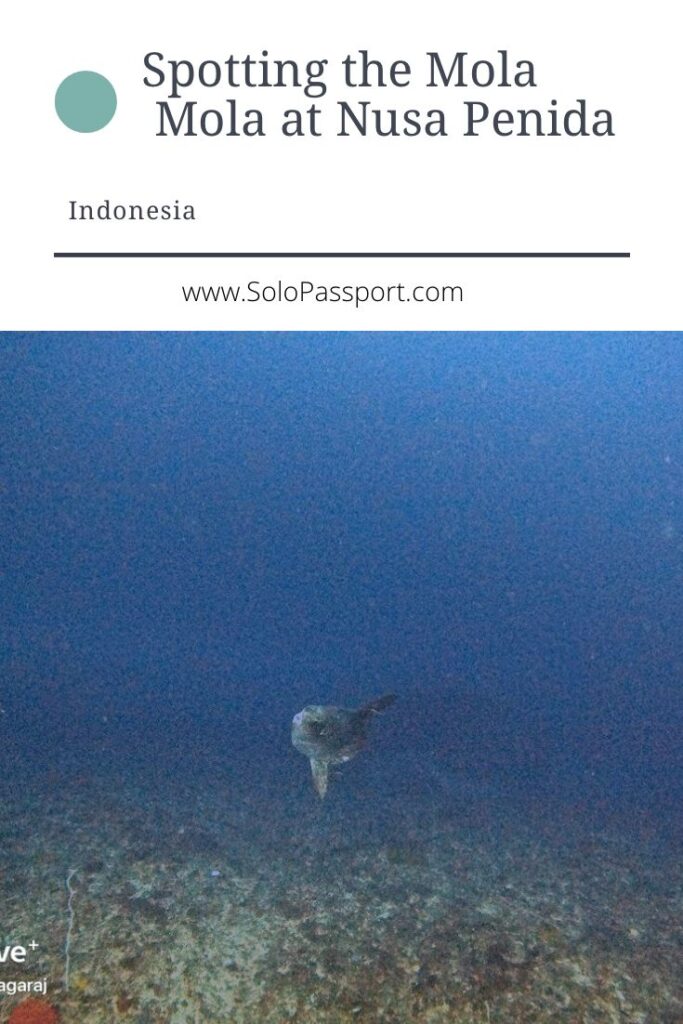Where to See Mola Mola in their Natural Habitat? (2024)
Where to see Mola Mola in their natural habitat? Discover the ultimate guide to witnessing Mola Mola in their natural habitat. Explore prime locations, tips, and insights for an unforgettable wildlife encounter. From scenic coastal spots to renowned dive sites, unlock the secrets to spotting these majestic ocean giants.
During a dive session in Bali, my diving instructor shared an intriguing observation with one of the divers: ‘Imagine taking a Manta Ray and turning it by 90 degrees, and you’ve got yourself a Mola Mola.‘ These ocean creatures, with their uniquely flat bodies featuring one fin facing upwards and another downwards, are a rarity.
Despite their unconventional appearance, encountering them in their natural habitat is a delight. I am incredibly fortunate to have witnessed these fascinating creatures during my dive. As I observed banner fishes diligently cleaning them, it added an extra layer of wonder to the experience, making it an unforgettable scene beneath the waves.
Page Contents
PIN for later reference – Where to See Mola Mola in their Natural Habitat?
This article may contain affiliate links, meaning if you decide to purchase via my links, I may earn a commission at no additional cost to you. For complete information, please see our affiliate disclaimer here.
About Mola Mola
The Ocean Sunfish, also known as the Mola Mola, is the world’s second-heaviest bony fish. The term “Mola” originates from Latin, signifying “Millstone.” Indigenous to temperate and tropical waters, these creatures possess flat bodies, rendering them an oval shape reminiscent of a fish head with a tail.

Typically measuring around 2.5 meters from fin to fin, Mola Mola can weigh between 250 and 1000 kilograms. While their lifespan in the wild remains uncertain, their remarkable size and distinctive appearance make them a fascinating subject of study and admiration.
Legends and Myths About Mola Mola
Mola Molas have been a part of many legends and myths. One such legend is that Polynesians, the indigenous people of Hawaii, believe slender sunfish are makua, the king of mackerel, and killing the makua brings bad luck.
As Mola Molas carry a lot of skin parasites, they are not killed for food and are usually left as useless creatures. But they invite smaller fish like bannerfish and birds to feast on these parasites. They even reach the surface and breach up to 10 feet to shake off the parasites.
What Do Mola Mola Eat?
Mola Molas are predators who consume jellyfish, squids, smaller fishes, fish larvae and crustaceans. As these foods only provide 15% of the nutritional value, Mola Molas have to eat these foods in abundance. To cover their calorie and nutritional needs, an average grown Mola Mola consumes around 70 kilograms of jellyfish daily.
Are Mola Mola Dangerous to Humans?
Mola Mola are the most docile fishes one can find in the ocean. They are no threat to humans and usually mind their own business. The divers are advised to stay far from them because any closer interaction drives the Mola Mola away.
Where to See Mola Mola in their Natural Habitat?
Spotting the elusive Mola Mola, also known as the Ocean Sunfish, is an extraordinary and rare encounter sought after by divers worldwide. These fascinating creatures inhabit only a handful of locations across the globe, making their sightings a cherished moment for underwater enthusiasts. Primarily dwelling in temperate and tropical waters, Mola Mola sightings are typically associated with specific environmental conditions, adding to their mystique and allure.
Divers aspiring to witness Mola Molas firsthand must venture to select regions where these magnificent creatures call home. Among the notable locations renowned for Mola Mola sightings are the Galapagos Islands, Monterey Bay in California (United States), Oban in the United Kingdom, and other lesser-known spots. Each locale offers a unique opportunity to encounter these elusive giants in their natural habitat, providing divers with unforgettable experiences and cherished memories.
One of the essential factors influencing Mola Mola’s sightings is water temperature. These oceanic marvels tend to frequent areas where the water temperature exceeds 10 degrees Celsius. Additionally, they are often found at depths ranging from 12 to 15 meters or deeper, further adding to the challenge of locating them beneath the waves. Divers must be prepared to explore the depths and navigate various underwater landscapes to pursue these remarkable creatures. You must be at least an Advanced Open Water certified diver to go to those depths.
What sets Mola Molas apart is not just their rarity but also their incredible diving abilities. These astonishing fish can swiftly descend to depths of up to 600 meters, showcasing their remarkable adaptability to the ocean’s vast and dynamic environment. Such feats of underwater prowess add to the allure of encountering Mola Molas as divers marvel at their extraordinary capabilities and behaviour.
Despite their widespread distribution across select regions, Mola Molas remain elusive and enigmatic creatures, captivating the imagination of divers and marine enthusiasts alike. The thrill of spotting these gentle giants in their natural habitat is matched only by the sense of wonder and awe they inspire. Whether gliding gracefully through the waters of the Galapagos Islands or exploring the depths of Monterey Bay, each Mola Mola sighting is a testament to the unparalleled beauty and diversity of marine life.
The quest to spot Mola Molas is filled with anticipation and excitement, offering divers a rare opportunity to connect with one of the ocean’s most intriguing inhabitants. With their limited range and elusive nature, encountering these majestic creatures is a privilege reserved for those willing to explore the depths and embrace the wonders of the underwater world.
Where to Spot Them in Indonesia?
Nusa Penida boasts numerous dive sites renowned for Mola Mola sightings, with Crystal Bay being the most illustrious. However, navigating the waters of Crystal Bay presents a challenge, courtesy of its unpredictable currents. To ensure a safe and rewarding experience, divers are advised to heed the guidance of their dive masters and instructors, who possess invaluable knowledge of the area. Their expertise can help identify safe diving spots amidst the dynamic underwater currents.
During my dive at Crystal Bay, I was fortunate to encounter not one but two Mola Molas at a depth of approximately 28 meters. Remarkably, my fellow divers saw four of these majestic creatures congregating together. Mola Molas often exhibit group behaviour as a defence mechanism against predators, enhancing the likelihood of multiple sightings during a dive excursion.
Another prime location for Mola Mola sightings is Gili Tepekong, accessible via a boat ride from Bali. However, diving at Gili Tepekong is recommended exclusively for certified divers, particularly those with advanced skills and experience. Mola Molas tend to frequent depths ranging from 12 to 15 meters and beyond, making these deeper waters ideal for spotting these awe-inspiring marine creatures.
In summary, Crystal Bay and Gili Tepekong offer exceptional opportunities for encountering Mola Molas in their natural habitat. While Crystal Bay’s challenging currents demand caution and expertise, the rewards of witnessing these magnificent creatures firsthand are truly unparalleled. Similarly, Gili Tepekong’s deeper waters provide a conducive environment for Mola Mola sightings, catering to seasoned divers seeking unforgettable underwater experiences. Whether exploring the depths of Crystal Bay or venturing to Gili Tepekong’s pristine waters, the allure of encountering Mola Molas adds an extra layer of excitement to any dive adventure in Bali.
Mola Mola Season in Indonesia
In Indonesia, the Mola Mola season spans from July to October, coinciding with colder water temperatures. By Bali’s standards, “cold” water typically ranges from 21 to 25 degrees Celsius. My diving instructor emphasized that the prime time for diving is August and September, maximizing the likelihood of encountering more significant numbers of these remarkable creatures.
Closing Notes
Encountering Mola Molas is an extraordinary and rare opportunity, often described as a once-in-a-lifetime experience. These majestic creatures are elusive, with sightings limited to select locations worldwide. My fortune peaked during a scuba dive in Nusa Penida, where, against all odds, I beheld these magnificent beings in their natural habitat. Witnessing their massive presence was an absolute delight, leaving an indelible mark on my memory. Reflecting on this unforgettable encounter, I eagerly anticipate encountering Mola Molas in even greater numbers.
Have you had the privilege of spotting a Mola Mola? Share your experiences by writing to me at Solopassport@gmail.com. I’d love to hear about your encounters and the locations where you’ve seen these awe-inspiring creatures!
How can you support me?
You know how much I love coffee, so you can buy me a coffee – Buy me Coffee!
Or you can purchase from one of the below travel resources without any extra charge to you:
Travel Resources
Book your flight on Skyscanner.com or Trip.com
Reserve your accommodation on Stay22
Reserve your stay at a hostel on HostelWorld
Use RentalCars or DiscoverCars for hiring self-driven cars
Book your tours and travels or purchase tickets on Viator or GetYourGuide
For a universal SIM card, use DrimSim
Buy comprehensive travel insurance on SafetyWing and WorldNomads
If you liked this article and if it was helpful in your planning or travelling, do share, tweet, or pin this post.
Follow me on Instagram | Facebook | YouTube | Twitter | LinkedIn
Do you have a question? Do you want any suggestions and tips for travel, hikes, and scuba dives? Use the Subscription box below to sign up and get updates by email.



